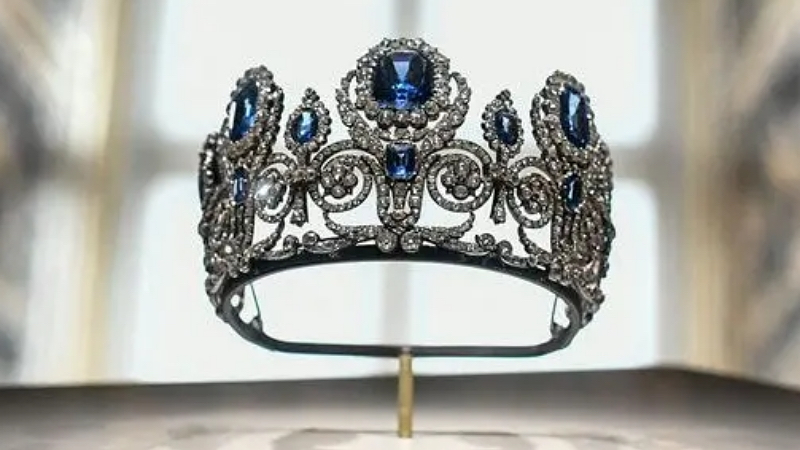|
Researchers from the National Academy of Sciences of Ukraine and London’s Natural History Museum have discovered the cause of damage to several medieval murals in a Unesco World Heritage site in Ukraine

Lauren Heath-Jones | Planet Attractions | 06 Oct 2022

 The research collaboration found that fungi in the plaster was causing the murals to deteriorate Credit: Natural History Museum/National Academy of Sciences of Ukraine The research collaboration found that fungi in the plaster was causing the murals to deteriorate Credit: Natural History Museum/National Academy of Sciences of Ukraine
Researchers from the National Academy of Sciences of Ukraine and London’s Natural History Museum (NHM) have discovered what has been causing damage to several significant medieval frescoes in Ukraine.
Painted on the walls of the Saint Sophia Cathedral, a Unesco World Heritage site in Kyiv, the murals date back to 11th century and are some of the country’s most significant artworks.
In recent years, however, the murals have begun to flake and develop dark spots. In a bid to restore and protect the works, research has been carried out to find out what kind of microscopic organisms are living on the walls and damaging the paintings.
Initial investigations saw the Ukrainian team compare DNA samples from both the degraded and damage-free areas of the cathedral. These tests showed that both areas had similar levels of bacteria, however, the samples from the damaged parts of the church revealed significantly higher levels of fungal DNA.
The Ukrainian research team also found cracks and large ‘crystals’ inside the walls, which a chemical assessment has revealed to be an organic substance from the fungi.
Using microscopic techniques, researchers at the NHM were able to ascertain that the crystals were formed of calcium malate, a by-product of malic acid secreted by the fungi so they could feed on inorganic nutrients in the plaster, and are the result of a chemical reaction betweeh the malic acid and the calcium in the plaster.
Findings show that the acid secretions from the fungi, caused by the environmental conditions inside the cathedral, were dissolving the plaster while the resulting crystals were causing tears, further damaging the artworks.
While this kind of reaction is rare, there have been reports of similar occurrences in murals in the Monastery of Pedralbes in Barcelona, Spain, and in the tomb of Tutankhamun in the Valley of the Kings in Luxor, Egypt.
Researchers believe that now they know what is causing the damage to these murals, they hope to prevent further degradation and preserve the paintings for future generations.
Additionally, the research – which predates Vladimir Putin’s aggressive invasion of the country – will be published in a paper dedicated to the ‘courageous Ukrainian people’ and will appear in the November 2022 edition of International Biodeterioration & Biodegradation.
“Russia’s attempts to violently destroy and assimilate so much of our cultural identity meant the work to preserve Saint Sophia and this precious artwork was even more urgent,” said Marina Fomina, a member of the Ukrainian research team and lead author of the paper.
“It’s a huge relief to understand the cause of this damage and enable its conservation for our national and the world’s cultural heritage.”
Dr Javier Cuadros, a senior researcher at NHM and co-lead author of the paper, said: “We were collaborating with them throughout this devastating time. However, when Kyiv was attacked it was impossible for our colleagues to continue working because they had to suspend everyday life and flee their homes.
“I’m very happy to have been able to play a role in this research. The discovery means a lot to our Ukrainian colleagues and will help preserve their legacy and other historic artworks for future generations.
“Hearing about the support they gave each other in their communities has been a lesson in human solidarity and maintaining cohesion in the most challenging of times. We dedicated the paper to the courageous Ukrainian people whose resilience is so admirable.”
Heritage
|
|






Supplier Showcase 2025: The biggest attractions projects landing worldwide this year
|